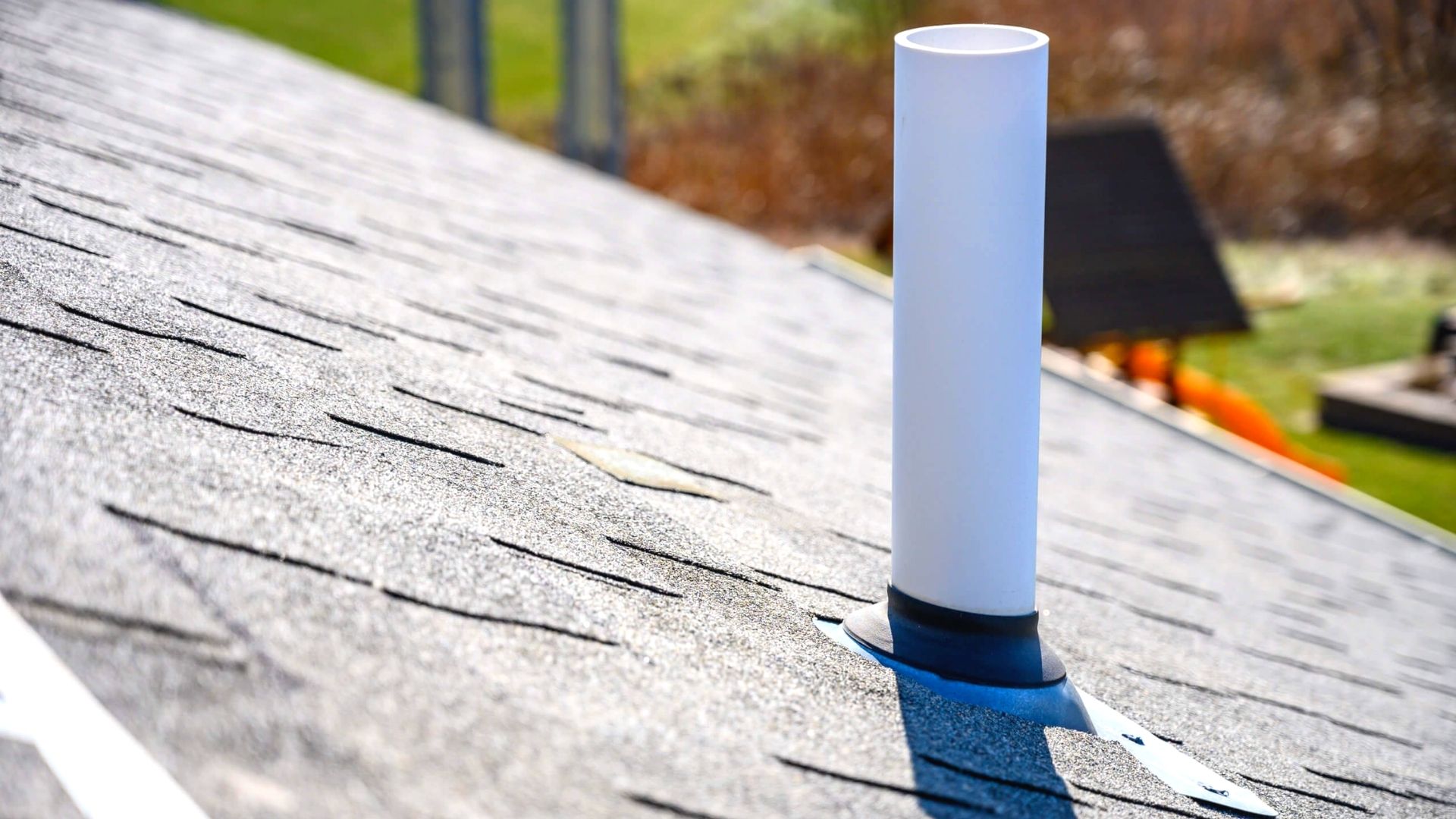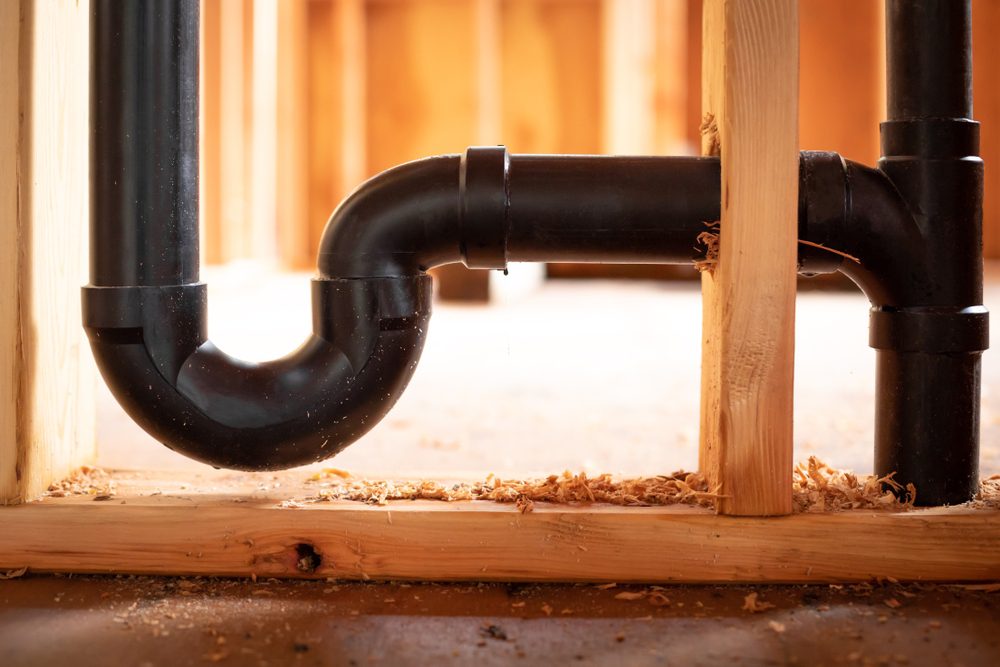Proper Ventilation in Plumbing Systems: Why It Is Essential
Proper Ventilation in Plumbing Systems: Why It Is Essential
Blog Article
Just about every person has got their own individual assumption on the subject of What Is a Plumbing Vent and Why Is It Important.

Proper air flow in plumbing systems is frequently ignored, yet it is essential for keeping the functionality and safety and security of your home's plumbing. Air flow assists control air pressure, stop the accumulation of damaging gases, and make sure the efficient elimination of waste. In this overview, we will discover the value of appropriate plumbing air flow, just how it works, and the benefits it gives your pipes system.
How Ventilation Works in Plumbing Equipments
Atmospheric Pressure Law
Correct air flow maintains well balanced atmospheric pressure within the pipes system. When water moves via pipelines, it displaces air. Without ample ventilation, this variation can develop negative pressure, leading to reduce drains or siphoning of water from traps, which can cause undesirable odors to permeate into the home.
Stopping Sewage System Gas Buildup
One of one of the most critical functions of plumbing vents is to prevent sewage system gases, such as methane and hydrogen sulfide, from gathering within the home. These gases can posture major health and wellness dangers and are extremely flammable. Vent pipelines allow these gases to run away safely outside.
Aiding in Waste Elimination
Air flow aids in the reliable removal of wastewater by avoiding airlocks in the drainage system. When air can move easily with the vents, it permits water and waste to stream smoothly via the pipes, minimizing the risk of blockages and back-ups.
Benefits of Correct Air Flow
Enhanced System Efficiency
Appropriately ventilated plumbing systems run extra efficiently, with fewer clogs, faster draining, and much less strain on the pipes. This performance expands the lifespan of the plumbing system.
Improved Air Quality
By preventing sewer gases from entering your home, correct ventilation contributes to much better indoor air quality, making your living environment healthier and a lot more comfortable.
Stopping Water Damages
Sufficient ventilation helps stop water from being siphoned out of traps, which can cause sewage system gases entering the home and triggering water damages in time.
Steps to Ensure Proper Ventilation
Consulting Pipes Codes
Constantly speak with neighborhood pipes codes when creating or modifying your plumbing system. These codes offer the necessary guidelines for correct venting and ensure your system satisfies security criteria.
Regular Assessment and Maintenance
Regular assessments can help recognize potential ventilation problems prior to they come to be major issues. Upkeep tasks, such as cleansing air vent pipes and checking for blockages, are essential for keeping the system in good working order.
Specialist Setup
For brand-new setups or significant modifications, it's smart to hire an expert plumbing technician. They have the competence to make certain the ventilation system is appropriately created and set up according to code.
Recognizing Air Flow in Pipes
Air flow in pipes describes the network of pipes that permit air to move with the water drainage system. These vents offer numerous objectives, including managing atmospheric pressure within the pipes, stopping drain gases from going into the home, and assisting in the smooth circulation of wastewater.
Types of Pipes Vents
Main Heap Vent
The major stack air vent, also known as the vent stack, is the key vent in a pipes system. It extends from the primary drainpipe line up with the roof, permitting gases to get away and fresh air to enter the system.
Branch Vent
Branch vents attach to the major stack vent and serve private components, such as sinks, commodes, and showers. These vents make sure that each component has adequate ventilation to function properly.
Air Admittance Shutoff (AAV).
An Air Admission Valve (AAV) is a one-way valve that enables air to enter the pipes system without the demand for a standard air vent pipe prolonging with the roof. AAVs are commonly utilized in remodellings or areas where setting up a standard vent is not practical.
Indicators of Poor Ventilation in Pipes.
Slow Draining Fixtures.
If your sinks, tubs, or commodes are draining pipes slowly, it could be an indication of poor ventilation. Inadequate air flow can develop a vacuum cleaner impact, making it tough for water to drain properly.
Gurgling Seems.
Gurgling noises coming from drains pipes are typically an outcome of air being sucked with water catches because of adverse pressure in the pipelines. This is a clear indication of not enough ventilation.
Undesirable Smells.
Drain smells inside your home are a red flag that your plumbing system is not effectively ventilated. This could suggest that sewage system gases are not being appropriately vented outside, resulting in possibly unsafe problems.
Usual Air Flow Blunders.
Inadequate Vent Sizing.
Making use of undersized air vent pipes can lead to poor air circulation and pressure imbalances in the system. It's necessary to make use of vents that meet the particular needs of your plumbing system.
Improper Vent Positioning.
Putting vents as well much from the fixtures they serve can decrease their efficiency. Proper positioning makes sure that air can flow easily and efficiently with the system.
Disregarding Code Demands.
Building codes give details standards for plumbing air flow. Disregarding these codes can result in a system that fails to function appropriately and might cause pricey repair services or health hazards.
Verdict.
Appropriate ventilation is an important component of any type of pipes system, making sure that it operates successfully and safely. By understanding the significance of ventilation, identifying the indicators of bad ventilation, and taking actions to preserve your system, you can protect against pricey problems and protect your home's air top quality.
4 Things You Should Know About Your Plumbing Vents
What Plumbing Vents Are
Also called a vent stack, a plumbing vent is a vertical pipe attached to your drain line that runs through your roof. The plumbing vent pipe, or plumbing air vent, removes gas and odors from your plumbing system and allows fresh air to enter the pipes, helping the water to flow out of the drain pipes.
What Plumbing Vents Do
Plumbing vents have two basic functions. One of which is to allow unpleasant smelling wastewater and sewer gasses to escape your plumbing system instead of entering your home. Plumbing vent pipes are typically located on roofs, away from windows, to ensure the fumes exit the home completely.
The other function of the plumbing vent is to move fresh air into your plumbing system. This helps move water through every plumbing fixture in your house, like toilets and sink drains. Think of the way in which you need to let a little air into the bottle as you pour soda in order to make the drink flow smoothly.
Different Types of Plumbing Vents
True vent: This is the most common vent option. In simplest terms, a true vent is a vertical pipe attached to your drain line that exits through the roof. They often function as the main vent that other fixtures can connect to. Re-vent pipe or auxiliary vent: Attached to the drain line near specific plumbing fixtures, re-vent pipes run up and over to connect to the main vent. Common vent: Two plumbing fixtures installed on opposite sides of a wall are typically tied into the vent stack using something known as a sanitary cross. Wet vent: This venting option operates as a drain pipe and a vent at the same time. Wet vent drainage systems drain water from one fixture while venting the air from another. Although they’ve been used for over 100 years, wet vent systems have only recently been added to the plumbing code in many areas. If you’re planning on installing one in a bathroom remodel, make sure you check your local code prior to construction. Loop vent: For free-standing fixtures like kitchen island sinks, loop vents are ideal. These vent pipes run under the floor, rise from the P-trap, and create a loop inside the cabinet sink. Air admittance valve: An AAV is a one-way mechanical valve typically installed at the site of the plumbing fixture. AAVs allow venting to occur without having to tie into a larger venting system. They’re ideal for venting fixtures where you aren’t able to easily connect to an existing vent system. Common Plumbing Vent Issues
Although vent pipes typically don’t have water flowing through them, they’re still subject to many typical plumbing issues. For example, clogs are one of the most common problems associated with sewer vent pipes. If your vent pipe gets clogged, all of your plumbing fixtures tied into the vent stack will be affected.
A sink with a slow drain that bubbles and gurgles or a strong sewage smell around your toilet are both indicators that your toilet vent pipe is clogged. Because most vent pipes exit through the roof, old leaves, twigs or even a bird’s nest could be clogging the pipe.
Clogs in your vent pipe system cause a buildup of negative pressure, meaning that water won’t be able to flow out of your home very well. It’s similar to putting your finger over the opening of a straw to trap water inside. When you remove your finger, the water is able to flow out of the straw.
If you suspect you have any blockage in your vent, make sure you have a professional come examine the situation. Left unchecked, a blocked air vent can lead to other costly repairs, like leaks and sediment buildup.
Under Pressure
Pipe vents are essential aspects of a home’s plumbing system. Owning a home means learning about all sorts of things you never put much thought into before. But by understanding as much as you can about the important systems of your home, you can keep those budgets intact and those anxiety levels low.
https://www.homeserve.com/en-us/blog/home-improvement/plumbing-vents/

As an enthusiastic reader on What Is a Plumbing Vent and Why Is It Important, I figured sharing that segment was a good thing. Sharing is caring. You never know, you might be doing someone a favor. Bless you for your time. Kindly come visit our site back soon.
Request Estimate Report this page